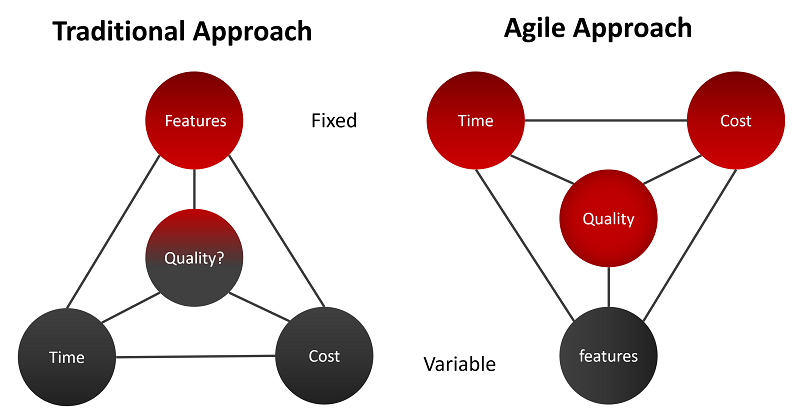What is the difference between traditional SDLC models and newer iterative/agile models?
In the ever-evolving realm of software development, understanding the fundamental differences between traditional SDLC (Software Development Life Cycle) models and newer iterative/agile models is crucial. These methodologies dictate the approach to developing software, influencing efficiency, adaptability, and overall project success. Let’s delve into the intricate details of each approach to gain a comprehensive understanding of their impact on software development.
What is the Difference Between Traditional SDLC Models and Newer Iterative/Agile Models?
The landscape of software development has witnessed a significant shift in recent years, with traditional SDLC models giving way to iterative and agile methodologies. This section unravels the core disparities between these approaches, shedding light on their unique characteristics and implications.
Traditional SDLC Models: A Structured Journey
Traditional SDLC models, such as the Waterfall model and the V-Model, follow a sequential and structured approach to software development. These models are characterized by distinct phases, including requirements gathering, system design, implementation, testing, deployment, and maintenance.
Iterative/Agile Models: Embracing Flexibility and Collaboration
On the other hand, iterative and agile models like Scrum and Kanban prioritize flexibility and collaboration. They emphasize frequent iterations, close client involvement, and continuous feedback loops. Unlike the linear progression of traditional models, these methodologies allow for adaptability and adjustments throughout the development process.
To comprehend the differences better, let’s explore the key aspects that set traditional SDLC models apart from iterative/agile models.
1. Project Flexibility
Traditional SDLC Models
Traditional models have limited flexibility once a phase is completed. Changes at later stages can be time-consuming and costly.
Iterative/Agile Models
Agile methodologies accommodate changes easily, promoting flexibility and quick adaptations even in later stages of development.
2. Client Involvement
Traditional SDLC Models
Client involvement is typically at the beginning and end of the project, with minimal engagement during the development phases.
Iterative/Agile Models
Clients are engaged throughout the development process, providing feedback and guiding the project’s direction.
Frequently Asked Questions (FAQs)
Can a Project Utilize Both Traditional and Agile Approaches?
Absolutely! Many projects blend aspects of both methodologies to create a hybrid approach tailored to their specific needs. This allows for structured planning and flexibility during execution.
Which Model is More Suitable for Large Projects?
For extensive projects with complex requirements, traditional SDLC models may offer a more structured and predictable approach. However, incorporating agile elements can enhance adaptability.
How Does Agile Development Improve Product Quality?
Agile development emphasizes frequent testing, continuous feedback, and collaboration. This iterative approach ensures that issues are identified and addressed early, ultimately enhancing the product’s quality.
Are Traditional SDLC Models Obsolete?
Not at all. Traditional SDLC models are still relevant and widely used, especially in industries with stringent regulatory requirements. The key is to choose the right model based on project specifics.
Is Agile Only Suitable for Small Projects?
Agile methodologies are highly adaptable and can be scaled to fit projects of various sizes and complexities. Large enterprises often implement agile successfully across multiple teams and projects.
Which Approach Saves More Time and Resources?
Agile methodologies often lead to faster development cycles and quicker time-to-market. However, the most time-efficient approach depends on project requirements and the team’s expertise.
Conclusion
Understanding the distinction between traditional SDLC models and newer iterative/agile models is pivotal for successful software development. Both methodologies have their merits and are applicable in different scenarios. Tailoring the approach based on project requirements and client expectations ensures a streamlined and effective software development process.






